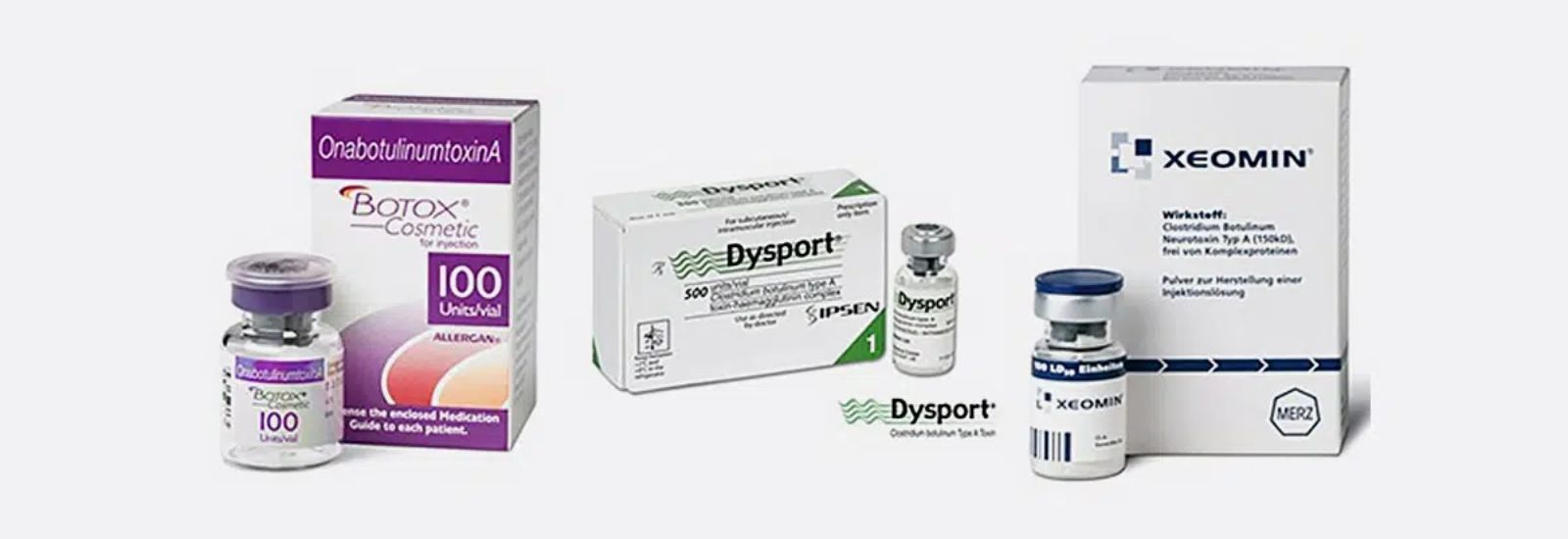
All three come from the same toxin, yet their effects are not entirely identical. They share a common root—botulinum type A. But formulation, diffusion, and onset vary. What works on one face might feel different on another. Some patients switch after years. Others stay loyal to one. Choosing isn’t about brand—it’s about how your muscles respond, and how long effects hold.
Botox has been used longer, and many physicians still consider it their first-line option
Botox has been used longer, and many physicians still consider it their first-line option. It entered cosmetic use in the early 2000s. Its reputation builds from consistency. Most see results within four to seven days. Effects last three to four months. It’s often injected in the forehead, between the brows, and around the eyes. Providers know it well. That history still shapes how new products are compared.
Dysport spreads slightly more, making it useful for broader treatment areas
Dysport spreads slightly more, making it useful for broader treatment areas. This isn’t always a benefit. For large muscles like the forehead or masseters, diffusion helps. For tight spots like around the lips, it might drift too far. Some patients notice faster onset—often two to three days. Others feel the same as Botox. But the units aren’t equal. A Dysport dose is measured differently, so numbers on the vial don’t translate directly.
Xeomin lacks accessory proteins found in the others, leaving only the core active toxin
Xeomin lacks accessory proteins found in the others, leaving only the core active toxin. Some call it “naked Botox.” This purity may reduce immune response risk. That matters for patients who’ve used neurotoxins for years. Fewer proteins mean fewer potential sensitivities. The tradeoff? Some believe its onset is slightly slower. Others feel no difference at all. Like the rest, it requires skilled placement—not just choice of vial.
Units between brands are not interchangeable, despite similar sounding results
Units between brands are not interchangeable, despite similar sounding results. Twenty Botox units do not equal twenty Dysport units. Dosage charts help providers adjust. Without knowledge, over- or under-treatment can occur. This matters most when switching brands. What worked with one may need recalibration with another. Only experience turns numbers into results.
Some patients report a smoother feel with Dysport, others describe a more precise look with Xeomin
Some patients report a smoother feel with Dysport, others describe a more precise look with Xeomin. These aren’t clinical guarantees. They’re patterns noticed over time. Spreading agents, formulation, and dilution all play roles. Botox tends to deliver predictably tight results. Xeomin may feel lighter. Dysport may act faster. But response varies. What suits one muscle may not suit the one next to it.
Repeated treatments can cause resistance, making product rotation sometimes necessary
Repeated treatments can cause resistance, making product rotation sometimes necessary. Antibodies develop rarely—but they do happen. Especially with high doses over years. Switching products may bypass this. Xeomin’s simpler structure may help in these cases. But the risk remains small. Most users experience lasting effect for years without change. Still, having options gives flexibility when routines fail.
Costs may vary depending on brand, injector experience, and regional pricing models
Costs may vary depending on brand, injector experience, and regional pricing models. Some clinics favor one product. Others let patients choose. A cheaper unit doesn’t mean lower quality—but more may be required. So total price shifts. An experienced injector adjusts dose, depth, and dilution per product. That precision often matters more than what’s on the label. Comparison shopping should focus on skill, not just substance.
All three are FDA-approved, but indications differ slightly between cosmetic and therapeutic use
All three are FDA-approved, but indications differ slightly between cosmetic and therapeutic use. Botox leads in versatility. It’s used for migraines, muscle spasticity, and excessive sweating. Dysport also treats cervical dystonia. Xeomin joins in many therapeutic roles. But cosmetic use remains most common. What’s injected for a frown line could also treat chronic pain elsewhere. The difference is regulation, not chemistry.
Results may last longer with one product in one person and not in another
Results may last longer with one product in one person and not in another. Biology plays its part. Muscle strength, metabolism, and injection depth all shift outcomes. Some feel their Dysport fades faster. Others find Xeomin lasts longer. There’s no universal winner. Longevity is measured in personal calendars. Notes after each round help guide future choices.
Consultation shapes outcome more than product selection ever can
Consultation shapes outcome more than product selection ever can. A trained eye sees asymmetry. A careful hand avoids drift. Technique adjusts based on brand, face, and goal. Botox, Dysport, Xeomin—they’re tools. Tools require craft. The conversation before the needle often defines success. Good results rarely come from brand loyalty alone. They come from precision, planning, and restraint.
Source: Best Botox Treatment in Dubai / Best Botox Treatment in Abu Dhabi
